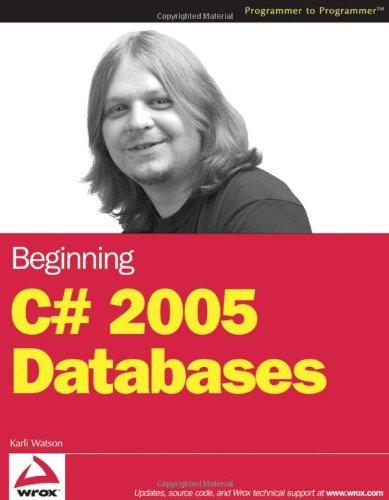

 Can you please help me do this problem. Thanks
Can you please help me do this problem. Thanks
We will continue to build on the Rutherford et al., 2000 algae grazer system of ODEs problenm we started in Lab last week. We will integrate dynamic estimates of terms in the differential equations. As you saw in class Monday, the model has numerous coefficients and inputs including dynamic environmental factors such as water temperature (T) and photosynthetic available radiation (I). Part 1 will focus on implementing the equations from Monday and parameterizing the model. Part 2 will focus on implementing environmental variables (I, and T) from a dataset into ODE 45 using interpolation polynomials (this ill be discussed next week) The assignment will take a long time to program and debug. so this assignment will stretch over the next two weeks Part 1: Fixed temp/radiation analysis (150 pts): In your notes for this week I have highlighted the equations used to model fixation, respiration terms, grazer dislodgement, grazer assimilation, activity costs and predation mortality as a function of temperature, light intensity, and P/G values. I want you to incorporate these equations into your ODE 45 model developed in lab last week. I will STRONGLY encourage you to develop sub-functions so that you can easily debug your code. It is a pain to try and debug a 100 line program. Ultimately the approach is up to you but breaking up the model is my suggestion. Provide logic/pseudocode for Part 1. Define the differential equation terms in the main script (call the functions you have just developed). All this needs to be done within the differential eq function you developed for ODE 45 last week. Run the model for 365 days given a constant T value of 20 and constant I value of 150 (e.g. reflects growing in a lab under constant conditions). Don't worry about parameter units-they balance out. Use the following inputs for the model coefficients Coefficient Coefficient Value 0.001 0.001 Value 20 20 1S 20 3.2 20 30 230 2.5 0.05 0.03 1.05 1.05 23 0.5 0.05 0.05 Act We will continue to build on the Rutherford et al., 2000 algae grazer system of ODEs problenm we started in Lab last week. We will integrate dynamic estimates of terms in the differential equations. As you saw in class Monday, the model has numerous coefficients and inputs including dynamic environmental factors such as water temperature (T) and photosynthetic available radiation (I). Part 1 will focus on implementing the equations from Monday and parameterizing the model. Part 2 will focus on implementing environmental variables (I, and T) from a dataset into ODE 45 using interpolation polynomials (this ill be discussed next week) The assignment will take a long time to program and debug. so this assignment will stretch over the next two weeks Part 1: Fixed temp/radiation analysis (150 pts): In your notes for this week I have highlighted the equations used to model fixation, respiration terms, grazer dislodgement, grazer assimilation, activity costs and predation mortality as a function of temperature, light intensity, and P/G values. I want you to incorporate these equations into your ODE 45 model developed in lab last week. I will STRONGLY encourage you to develop sub-functions so that you can easily debug your code. It is a pain to try and debug a 100 line program. Ultimately the approach is up to you but breaking up the model is my suggestion. Provide logic/pseudocode for Part 1. Define the differential equation terms in the main script (call the functions you have just developed). All this needs to be done within the differential eq function you developed for ODE 45 last week. Run the model for 365 days given a constant T value of 20 and constant I value of 150 (e.g. reflects growing in a lab under constant conditions). Don't worry about parameter units-they balance out. Use the following inputs for the model coefficients Coefficient Coefficient Value 0.001 0.001 Value 20 20 1S 20 3.2 20 30 230 2.5 0.05 0.03 1.05 1.05 23 0.5 0.05 0.05 Act


 Can you please help me do this problem. Thanks
Can you please help me do this problem. Thanks





